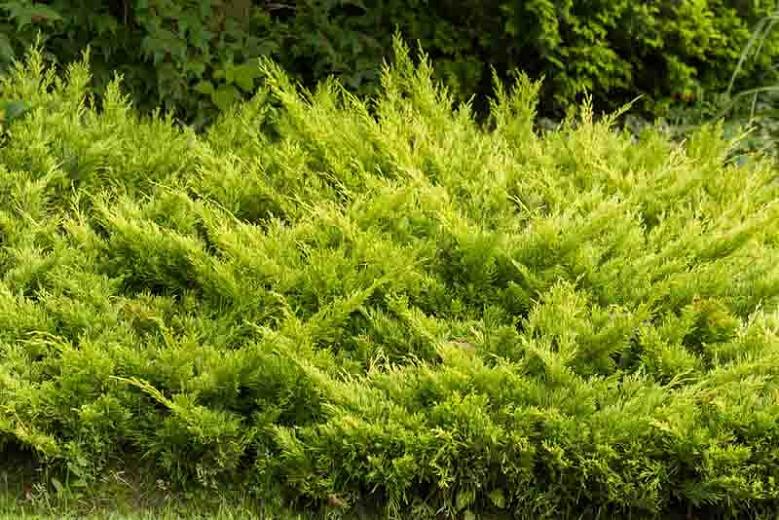
Junipers are popular because of their numerous design characteristics: form, size, color and texture. Male flowers and female (berry-producing) flowers occur on different plants. The flowers are not very showy and the fruits are berrylike, fleshy cones. The color of the foliage will vary from light to dark green, blue to silver and yellow to gold. On adult plants leaves generally are small, scale-like, opposite and pressed close to the twigs. On young plants the leaves are usually needle-shaped and borne in threes. Junipers are evergreen, coniferous plants, ranging from low-growing shrubs to tall, slender trees. Some of the most commonly grown junipers include Chinese juniper ( J. There are more than 170 species and varieties of juniper ( Juniperus species) available in nurseries.

Native to Alaska, Canada and the northern U.S.Karen Russ, ©2008 HGIC, Clemson Extension.Seed can be sown outdoors in fall or stratified and sown keep an eye out for juniper blight (dieback of stem tips). Great for rock gardens, foundation plantings, banks and slopes for erosion control.

Perfect as a specimen plant or ground cover.Tolerates a wide range of soils including dry soils or poor soils but prefers sandy soils. A full sun lover, this plant is easily grown in average, medium moisture, well-drained soils.Perfect for rocky soils and hot, dry garden spots. Slow growing, long-lived, Creeping Juniper makes a wonderful specimen plant, groundcover and looks terrific when cascading over walls. They generally mature in two years and persist through winter.

Fleshy dark blue cones with a conspicuous white bloom are produced by female plants. In winter, the foliage takes on a purple tinge. Juniperus horizontalis (Creeping Juniper) is a sprawling, prostrate, evergreen shrub forming a splendid foliage mat of green to blue-green needles, closely appressed to the long trailing branches.


 0 kommentar(er)
0 kommentar(er)
